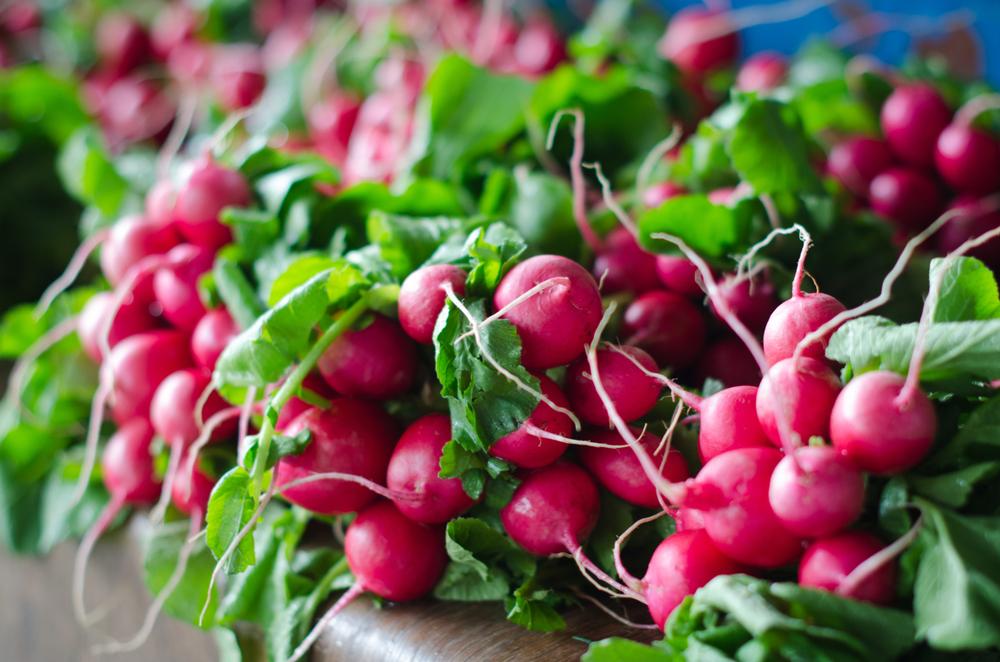Here’s a surefire remedy for any lingering winter doldrums: Head to the nearest farmers market, situate yourself among the piles and piles of new green, and inhale.
Spring, the season of renewal and rebirth, is here. It brings with it a bounty of fresh, green produce to chase away the winter gray: regal stalks of asparagus, bright and grassy; lush heads of lettuce, tender but crisp; peas bulging from their pods, sweet enough to pop straight into your mouth. In the wild, ramps and morel mushrooms, those elusive early season treasures, poke leafy tops and honeycombed heads out from the warming soil to greet adoring crowds.






